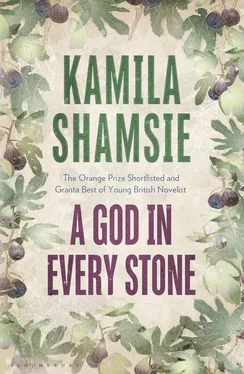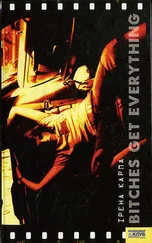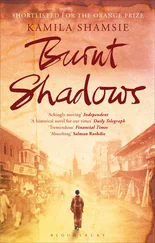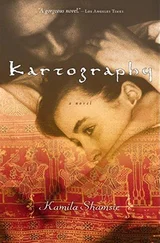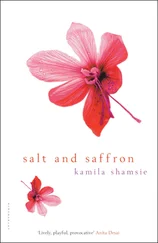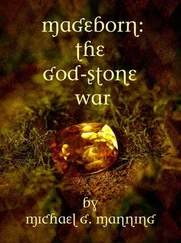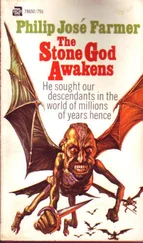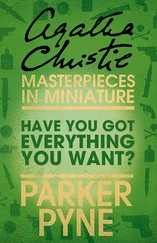In your letter you asked how I can imagine that an artefact from Caria, lost to history in 334 BC, might come to be buried in Peshawar eight centuries later. This is how:
From Caria, Alexander took the Circlet with him to India, and gave it as a gift to Nearchus after the latter followed Scylax’ route down the Indus. After Alexander’s death, in the wars fought between his generals, Nearchus found himself on the opposite side to Seleucus Nicator who, following his victory over Nearchus’ forces at Gaza, claimed the Circlet for himself. A few years later, when Seleucus lost control over most of Alexander’s territory in India, he was forced into a treaty with the king Sandracottas who demanded the Circlet as part of the treaty terms. Sandracottas — or Chandragupta Maurya — was, as I’m sure you know, the grandfather of the great Buddhist king Asoka. When Asoka converted to Buddhism he had stupas built all across the length and breadth of his kingdom; each Buddhist stupa had a treasury, and the energy of the stupa was derived from the objects in the treasury. Is it unreasonable to think that he might have sent the Circlet from the palace treasury to a stupa treasury? And there it stayed through the centuries as Buddhism flourished in Gandhara and beyond — until the White Huns under Mihirakula overran Gandhara, burning stupas, pillaging their treasuries. Hearing of the approach of the Huns, a bhikkuni (that’s a Buddhist nun) called Maya escaped from a stupa complex, carrying the treasure of the great Asoka, determined to save it from the marauders. She travelled to the Great Stupa of Kanishka, and there she met the Chinese traveller Sung-Yun. When he refused to take the Circlet to safety, she buried it beneath the Great White Statue of Shahji-ki-Dheri, trusting that the soil of that sacred place would be an even safer hiding place than its treasury if ever the Huns should attack it. And watching her was a young boy who took the story with him and kept it alive in the world until, centuries later, it reached Kallistos — but that is a story for another time.
What is history without imagination, as Herodotus teaches us? I hope this might convince you to lay out the funds for leasing Shahji-ki-Dheri.
Yours sincerely
Najeeb
18 March 1929
Peshawar.
Najeeb
Of all the fantastic tales you’ve ever told none is more fantastic than that of the kindly English who dig up our treasures because they want you to know your own history. Your museums are all part of their Civilising Mission, their White Man’s Burden, their moral justification for what they have done here. As for the spade they place in your hand, the honours they shower on you — the English are too few, we too many and so they see that it is necessary for there to be a class of Indian who will revere them, feel honoured by them, benefit from their presence and, ultimately, serve them because if our numbers turn against them to say ‘Leave’ there is no way for them to stay. Our numbers are turning, brother — and even while I rejoice at this I fear for you who will one day wake from your illusions and see you are nothing but a subject, a yoked Pashtun who thinks the yoke is a silk cravat and that a silk cravat is as much yours to wear as a turban.
I bear no hatred for the English. It is our weakness that is responsible for the state we are in. How dishonoured a people we were to allow the men of a small island who burn at the touch of the sun to come here and be our masters. And when the English leave, as they must, I will welcome them back into our house as visitors and show them all the courtesy and hospitality of the Pashtuns.
Do not attempt again to convince the Englishwoman to become part of your plans. We will play supplicant no longer, kiss their hands in gratitude for the favours they choose to bestow no longer. This is an elder brother’s command.
Your Lala
V. R. Spencer
14 Doughty Street
Bloomsbury
London
Najeeb Gul
Peshawar Museum
Peshawar
21 April 1929
My dear Herodotus of Peshawar
If imagination can shape reality then it is you, not your invented Maya, who has placed the Circlet of Scylax beneath the soil of Shahji-ki-Dheri. I picture the boy you were circling the old excavation site, believing a miracle exists there, beyond your reach for reasons of mere finance. Having placed the dream in your mind myself, and understanding something of its grip, I see I have an obligation to at least ask: how much would it cost?
If the sum is not prohibitive I will gladly arrange for a transfer of funds and regard it not as a favour to you but as the spur to my long-held intentions to return to India. Perhaps in exchange you’ll accompany me to Taxila and Mohenjodaro, which I have a great wish to see?
Will you speak to the landowner yourself? If a financial agreement can be reached, I assume you’re in a position to obtain permission for excavating? I am unable to get away from London until early next year so if — I hasten to stress the ‘if’ — all this becomes possible let’s plan to excavate in the spring. What Pashto I had is largely gone but I will spend the months ahead returning to it (there is a man from Peshawar who works at the British Library — he insists his name is Durand, but of course it’s Durrani).
Yours
V.R.S.
28 May 1929
To: VR SPENCER
DELIGHTED TO RECEIVE LETTER STOP COSTS FOR LEASE AND DIG TO FOLLOW STOP WILL ARRANGE EXCAVATION PERMISSION
NG
-----
12 JULY 1929
To: N GUL
RECEIVED FIGURES FROM SOLICITOR STOP ACCEPTABLE HAVE TOLD HIM TO PROCEED WITH DRAWING UP LEASE
VRS
-----
13 JULY 1929
To: VR SPENCER
HURRAH
NG
1 January 1930
Lahore
Najeeb
I can’t describe to you what happened here yesterday at the Congress meeting on the banks of the Ravi River. Gandhi has called for complete independence from the English and Nehru hoisted a flag of three colours which will be the flag of a free India. My whole body went hot and cold when I saw it and I thought my heart would burst open. I am so proud to be among Ghaffar Khan’s Pashtuns here to celebrate this occasion — you should have seen us dance in celebration. Congress gatherings have never seen anything like it.
It is not all perfect. Many of the Congress Party believe with a certainty which might exceed that of the English that the Pashtuns are good for nothing except war and quick temper. They continue to express doubts that we will be able to follow the path of non-violent resistance when we are tested. But Ghaffar Khan tells us we must be patient and show through example that they are wrong. We will soon have the opportunity to do so. A resolution has been passed for civil disobedience which will go into effect before long. I am going from here with Ghaffar Khan to spread the word and build support for it through the Peshawar Valley — and in so doing, add to the numbers of the Khudai Khidmatgar. And what is this Khudai Khidmatgar, you will ask, you my brother who knows every coin unearthed in the Peshawar Valley and little else? Already I can imagine your distaste at the name. Yes, the Servants of God, Najeeb, we draw our strength from Him and will challenge any of the maulvis who claim Ghaffar Khan’s actions in allying with Gandhi are not those of a true Muslim.
But to explain: It is an unarmed army — you read that correctly — which will recruit unlettered men and bring them into our struggle. Ghaffar Khan says a conversation I had with him in which I talked of the great spirit of brotherhood and discipline in the Army helped him formulate the idea for the Khudai Khidmatgar, which pleases me more than anything else in life. I have said I will be part of the Khudai Khidmatgar. I would rather stand in formation with the unlettered men than sit in committees with men of learning. Though let me confess to you that our uniform of red-brown is far less appealing to the eye than the drab and green of the 40th. But what are we to do? Ghaffar Khan’s thoughts are of dye that is cheap and easily available, not of the vanity of his Yusufzai general. I am to be a general!
Читать дальше
